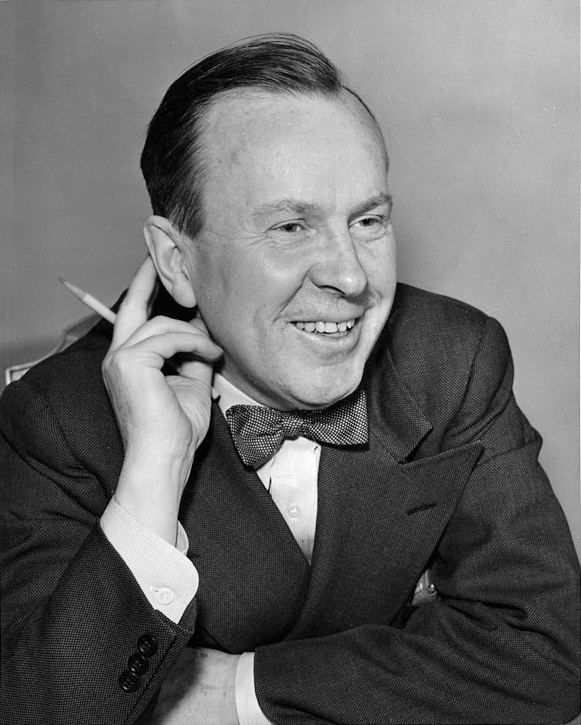November 8, 1965 1968 → 128 seats, 41.52% 93 seats, 32.72% 131 97 | Turnout 74.8% (4.4pp) 93 seats, 32.72% 17 seats, 13.24% 97 21 | |
 | ||
The Canadian federal election of 1965 was held on November 8 to elect members of the Canadian House of Commons of the 27th Parliament of Canada. The Liberal Party of Prime Minister Lester B. Pearson was re-elected with a larger number of seats in the House. Although the Liberals lost a small share of the popular vote, they were able to win more seats, but fell just short of having a majority.
Contents
Overview
The Liberals campaigned on their record of having kept the promises made in the 1963 campaign, job creation, lowering income taxes, higher wages, higher family allowances and student loans. They promised to implement a national medicare program by 1967, and the Canada Pension Plan system of public pensions. They urged voters to give them a majority for "five more years of prosperity". The party campaigned under the slogans, "Good Things Happen When a Government Cares About People", and, "For Continued Prosperity".
The Progressive Conservative Party of John Diefenbaker, campaigning with the slogan, "Policies for People, Policies for Progress", lost a small number of seats. Despite losing a second time, Diefenbaker refused to resign as party leader, and was eventually forced from the position by a campaign by the party president Dalton Camp. Diefenbaker ran to succeed himself in the party's 1967 leadership convention, but lost to Robert Stanfield.
Old age pensions were an important issue in this campaign. The Liberal Party pointed to having increased the pension to $75 per month for persons 70 years of age and older, put in place plans to reduce the eligibility age to 65 by 1970, and to add a "Canada Assistance Program" payment for seniors with lower incomes. The PCs promised to increase OAP to $100 per month for all those 70 years old and over.
The New Democratic Party of Tommy Douglas, campaigning under the slogan, "Fed up? Speak up! Vote for the New Democrats!", increased its share of the popular vote by more than four and a half percentage points, but in winning only four extra seats, it continued to fail to make the electoral break-through that was hoped for when the party was founded in 1960.
The Social Credit Party of Canada was split in two before this election: Réal Caouette led French-Canadian Socreds out of the party into the new Ralliement créditiste (Social Credit Rally), and won more seats than the old party. Robert N. Thompson continued to lead the Social Credit Party in English-speaking Canada, but lost a significant share of the vote. This would be the last time that the Social Credit Party elected candidates outside Quebec.
This was the first election for the Rhinoceros Party of Canada, a satirical party led by Cornelius the First. The party fielded only one candidate. Cornelius, a resident of the Granby zoo, did not seek election because Canadian election law does not permit rhinoceroses or other zoo animals to seek election.
In order to govern, the minority Liberals relied on the New Democratic Party, and occasionally other smaller opposition parties in order to remain in power. Pearson announced his intention to resign as Liberal leader in December 1967, and was replaced the following April by Pierre Trudeau.
Notably, this election marked the last time that a single conservative party did not win an absolute majority of the vote in Alberta (although the totals of the Progressive Conservatives and Social Credit combined did add up to over two thirds of the vote in that province).
Party platforms
Liberal Party:
Progressive Conservative Party:
New Democratic Party:
Social Credit Party:
Ralliement des creditistes/Social Credit Rally:
Source: Globe and Mail newspaper, October 1965.
National results
Notes:
"% change" refers to change from previous election
x - less than 0.005% of the popular vote
1 "Previous" refers to the results of the previous election, not the party standings in the House of Commons prior to dissolution.
